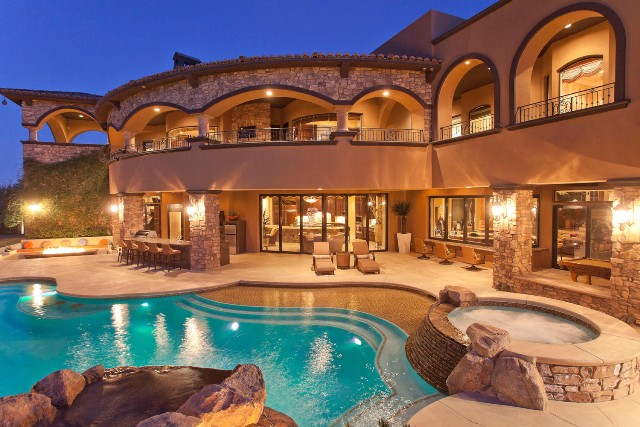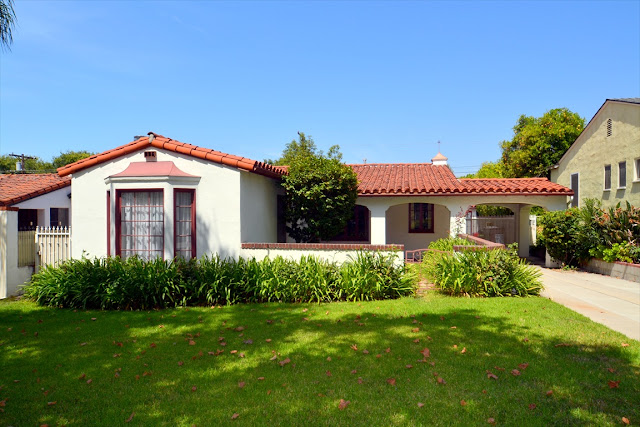Climate control Strategies in traditional built form - Lucknow Context (Page 1)
History has shown us that architectural built forms have evolved in response to the climate, lifestyle and availability of building materials. Although housing typologies are a result of multiple determinants, climate and culture are the two most important determinants. Rapoport mentions in his book "House, Form and culture" that the need of shelter design adapts and responds to the severity of climate in the area. It is this intuitive adaptive capability to respond to the forces of climate like sun, wind and humidity that sets apart bioclimatic architecture from senseless, arrogant, and merely style-based creation.
The traditional buildings of the past are the best pointers in this regard and constitute outstanding evidence of being climate responsive architecture. The traditional houses of Lucknow, which is the context of this study, were also built much before innovations in mechanically controlled interior environment. The traditional houses of Lucknow are climate responsive buildings evolved from centuries of experience and observations of climate and nature. The traditional architecture of Lucknow has a diverse capacity to control the architectural environment in harmony with nature. This capacity of Lucknow's traditional built form can be called as 'natural environment control system'. The use of natural and passive means in traditional buildings is very effective in providing a thermally comfortable space, which is warm in winter and cool in summer. This paper is devoted to discussing Various climate responsive passive design features or techniques that has been employed in the traditional houses of Lucknow and their role in providing Comfort especially during the hottest hours of the day.
(Continues...)




Comments
Post a Comment